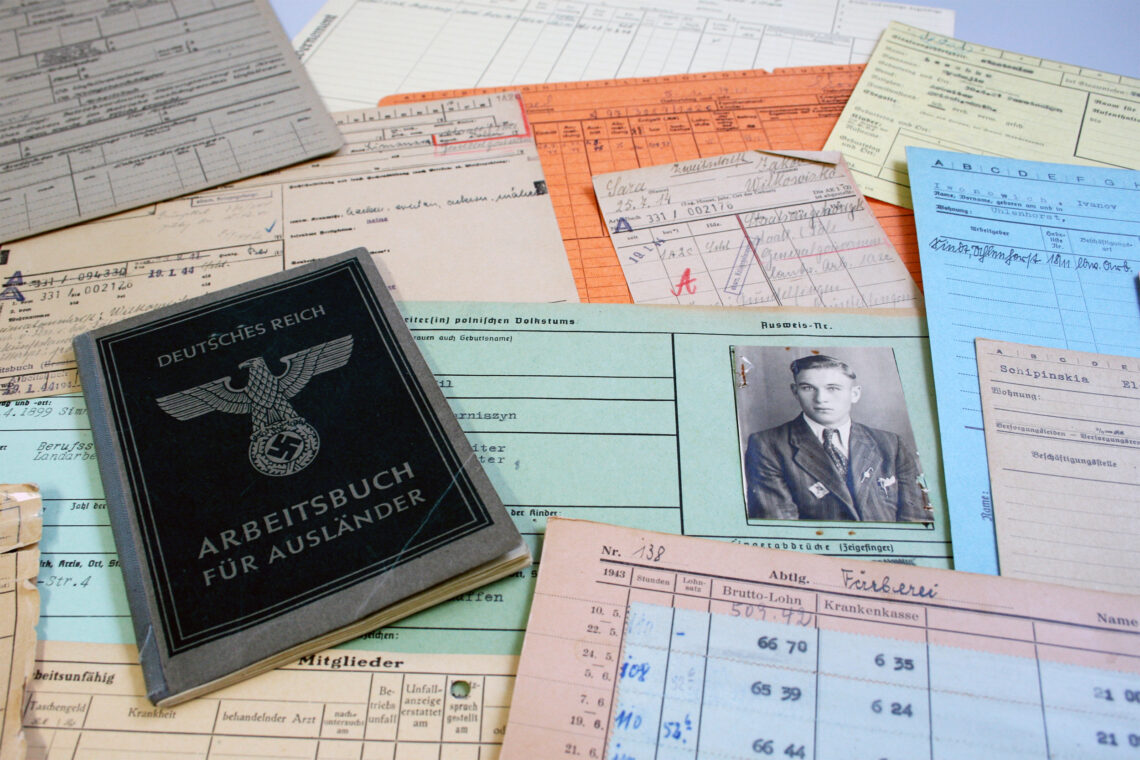Half a million more names in the online archive

The online archive of the Arolsen Archives on victims of Nazi persecution is growing all the time. Thanks to a new update, 500,000 more names can now be found online.
- The names were digitized by thousands of volunteers who are taking part in the #everynamecounts crowdsourcing initiative.
- The Arolsen Archives have also included more collections with this latest update, providing online access to 28 million documents in total.
- A new digital tool provides explanatory information on forced labor documents.
In an effort to make it as simple as possible to search for information, the Arolsen Archives want to put most of their collections on the victims of Nazi persecution online by 2025. The new update brings the institution another step closer to achieving that goal. “The hard work that our volunteers have put into #everynamecounts is now visible in our online archive for all to see,” explains Floriane Azoulay, the Director of the Arolsen Archives. “Thanks to their help, the world’s largest digital memorial to victims of Nazi persecution is growing larger every day.”
People from all over the world are taking part in the #everynamecounts crowdsourcing initiative. The volunteers process documents from the Arolsen Archives on an internet platform so they can be searched for references to specific names, places of residence, places of detention, or other details. The documents they have been working on include questionnaires that prisoners had to answer upon arrival at a concentration camp, for example.
After this latest update, a total of 28 million documents about the victims and survivors of Nazi persecution are available in the online archive of the Arolsen Archives.
More background information on the documents
As they expand their online archive, the Arolsen Archives are also offering a new digital tool that contains explanatory information on the documents to make them easier to understand. The third and final part of the e-Guide has now been published; it provides clear and concise explanatory notes on the key documents concerned with forced labor: Whom did the Nazi regime coerce into working for them, and what information do the registration documents contain? The e-Guide lets the documents “speak” and explains the system of forced labor and the way it was organized. The first two parts of the e-Guide focus on the documents from concentration camps and on the documents about Displaced Persons after 1945.
One final piece of good news: The e-Guide for concentration camp documents is now available in Polish as well as in English and German. The Russian and French version will follow soon. These translations will give millions of Nazi persecutees from Central Eastern Europe access to a wealth of helpful additional information in their native language.
Press photo: Young people working on #everynamecounts
People from all over the world are getting involved in #everynamecounts.
Photo Credit: Arolsen Archives

Press photo: Documents on forced labour
The Arolsen Archives e-Guide provides explanatory information on key documents related to forced labor.
Photo Credit: Arolsen Archives



